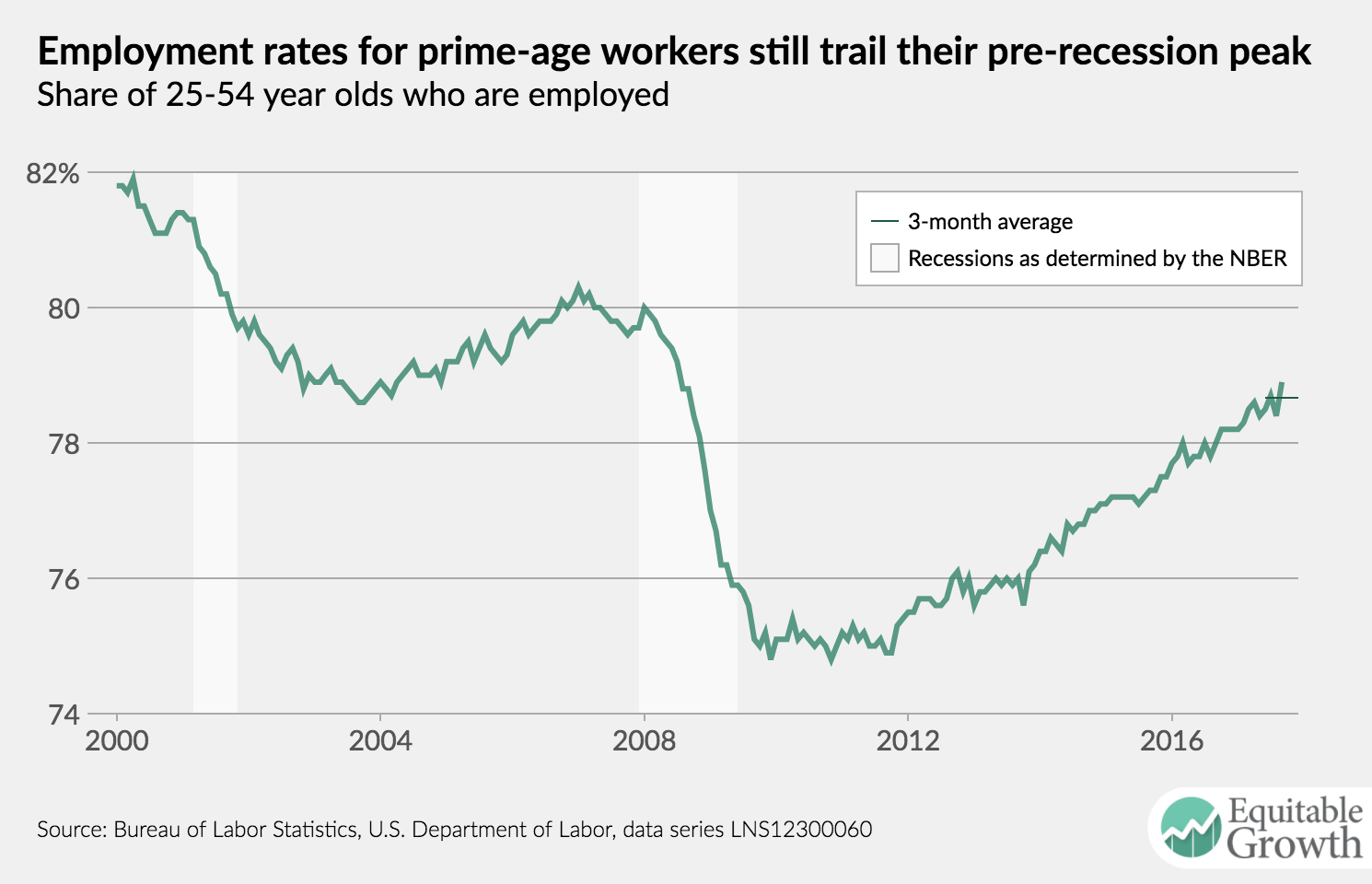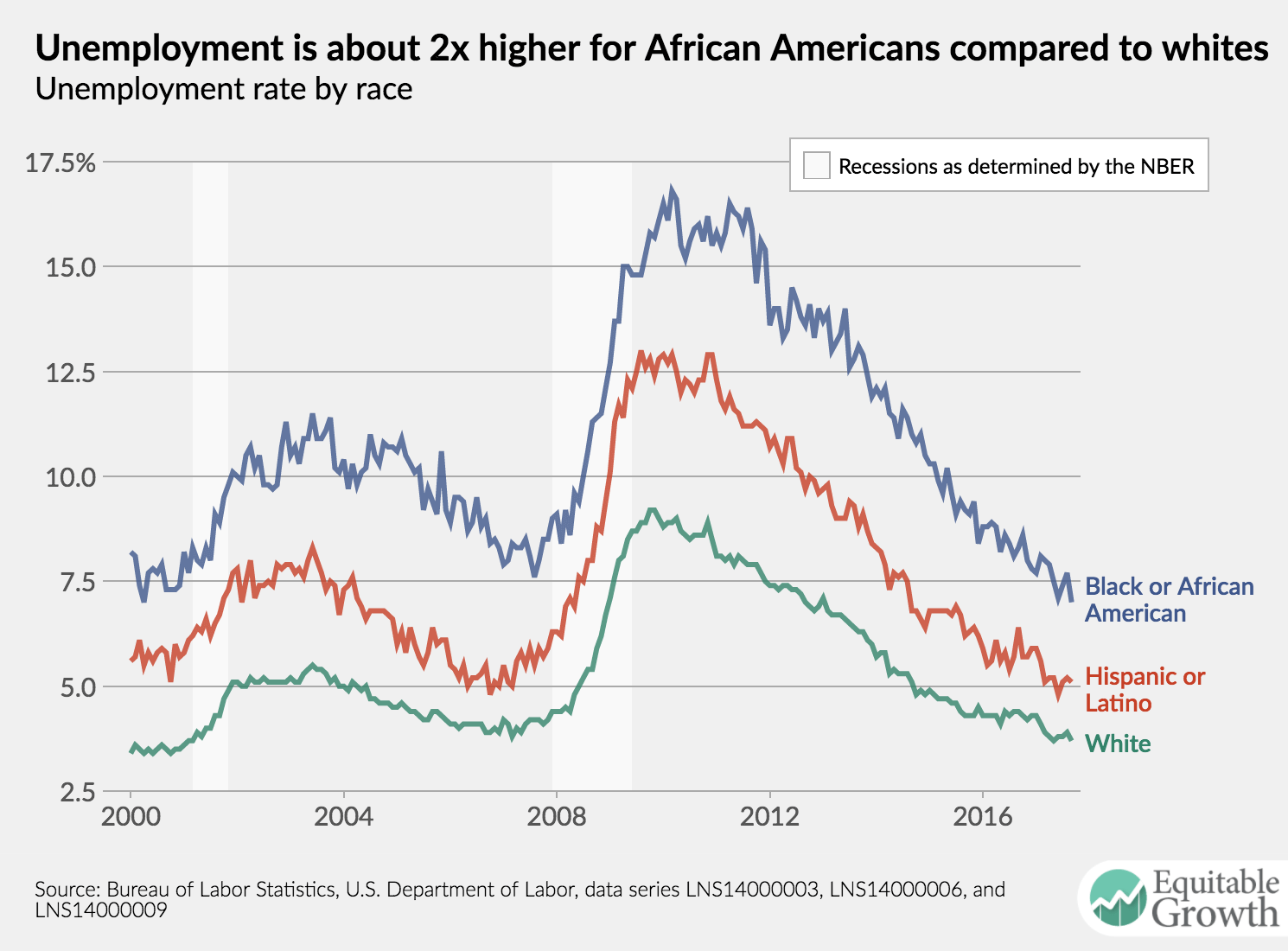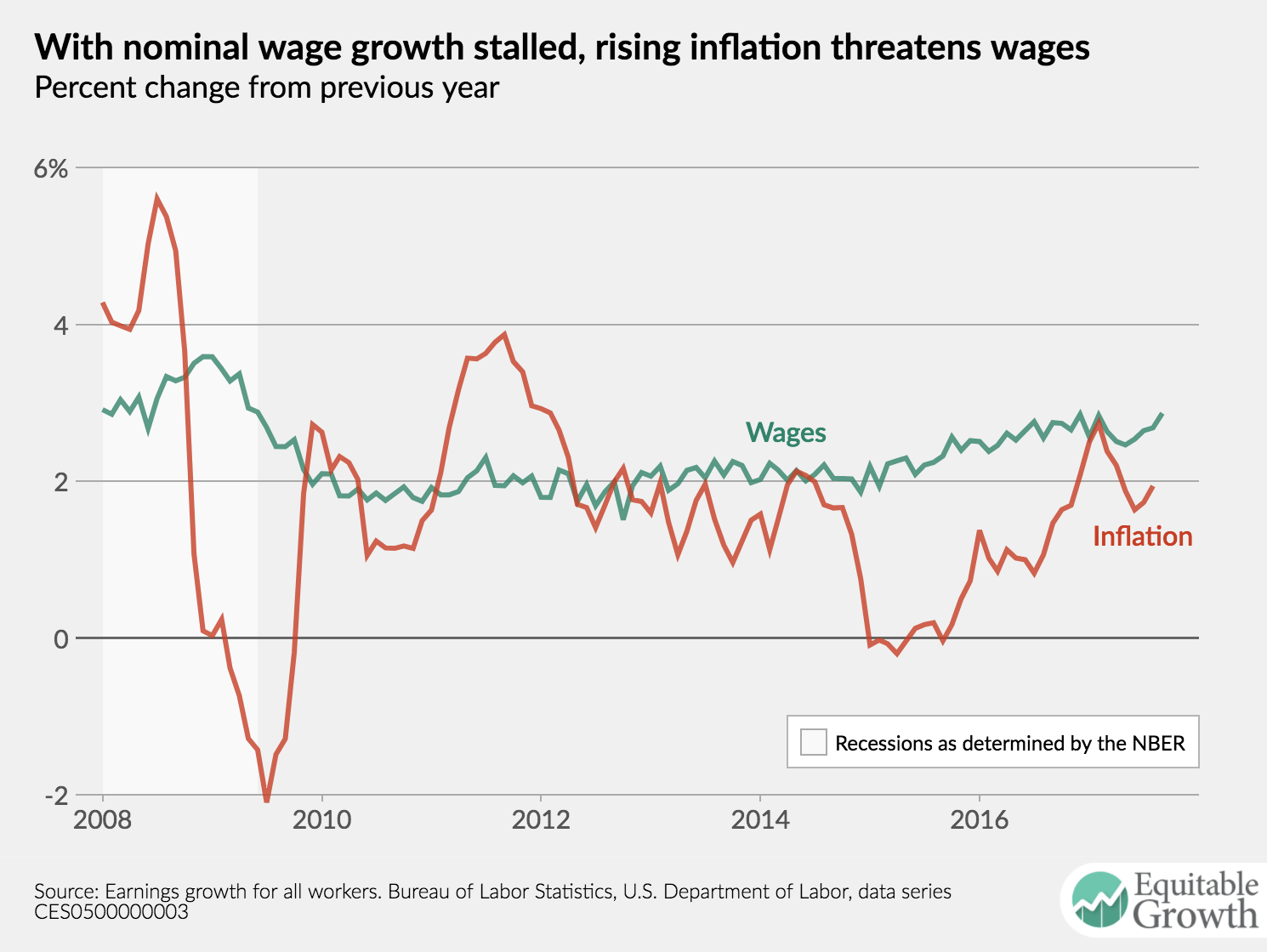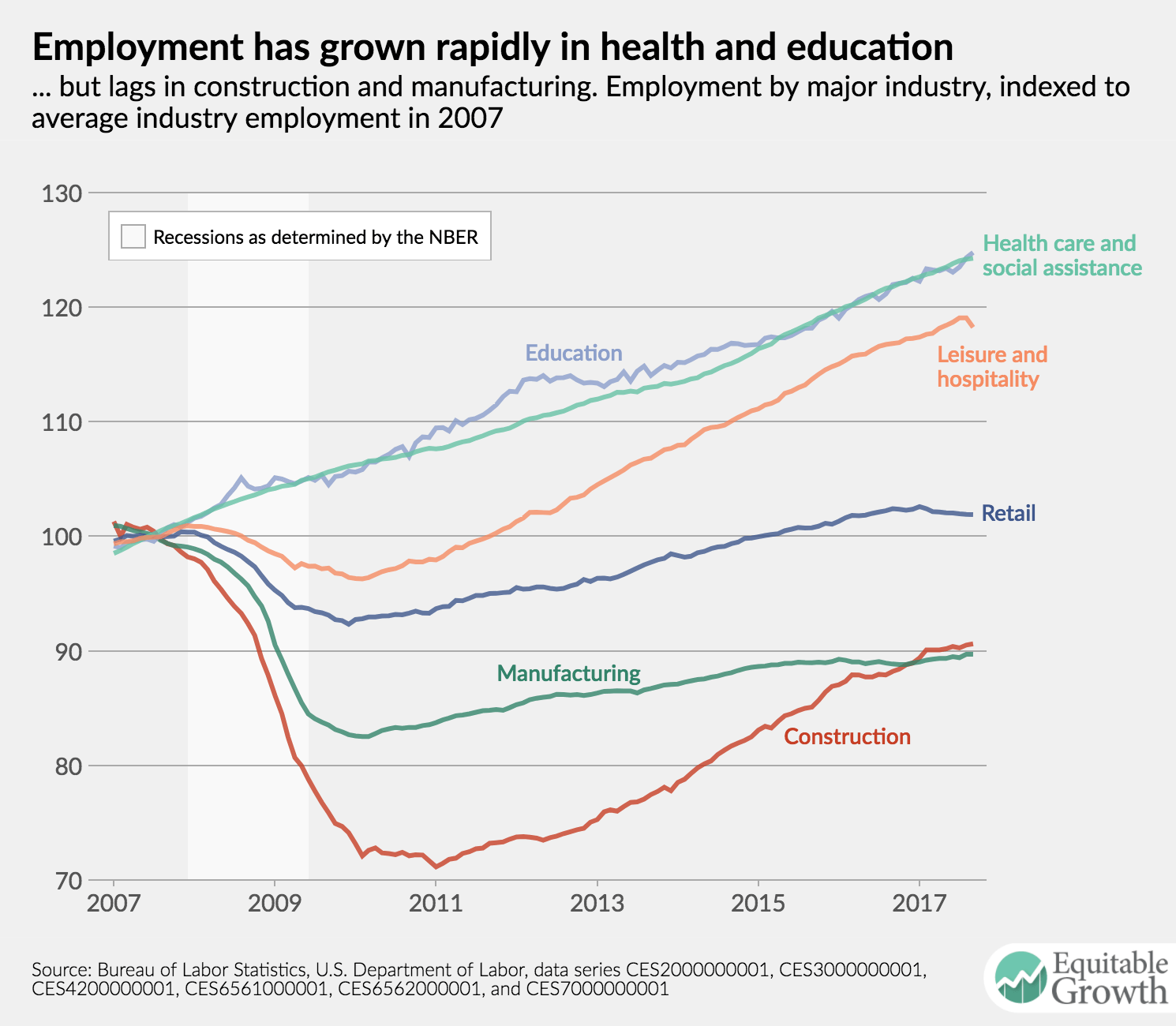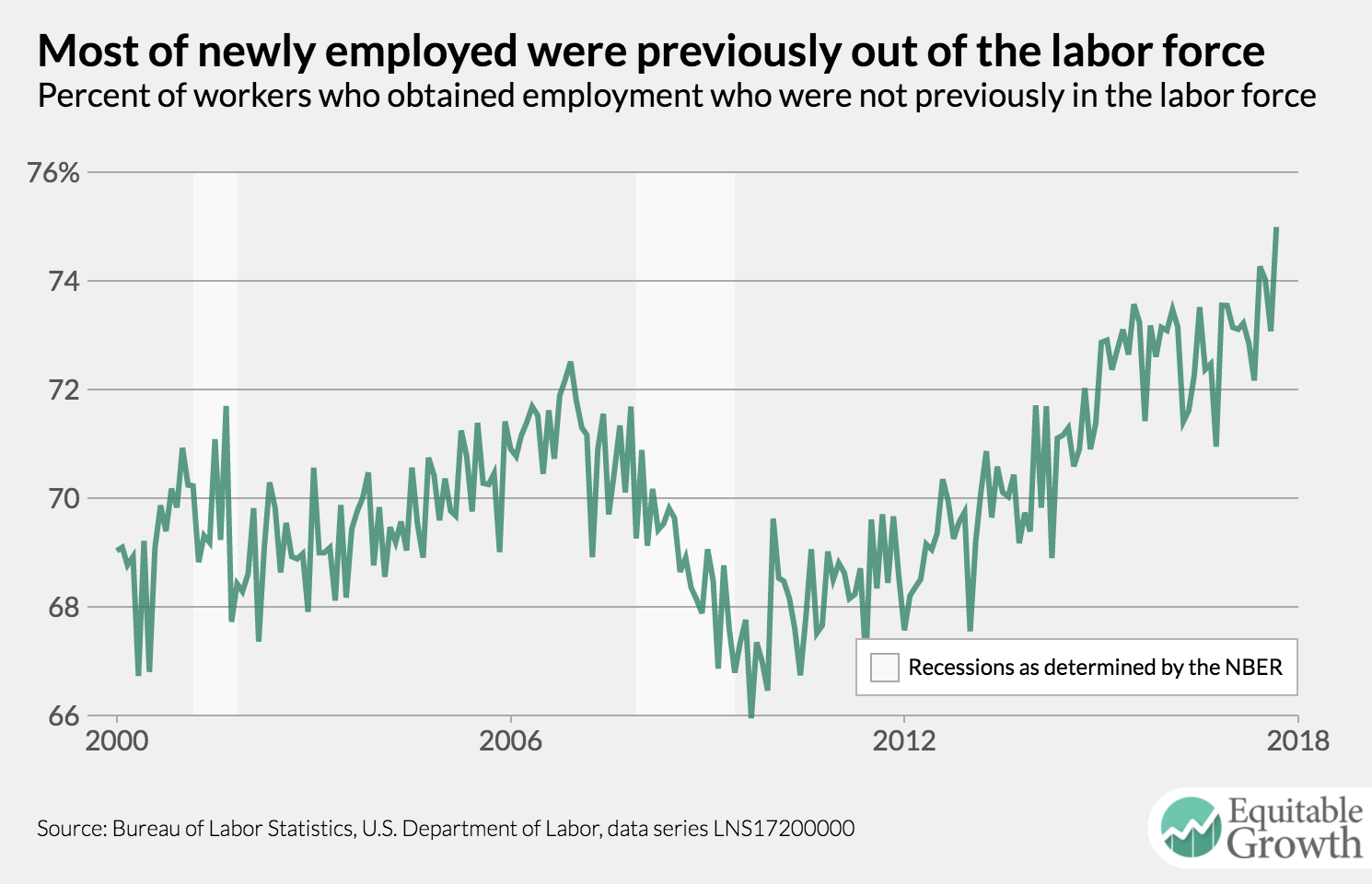Let me put a spotlight on the very sharp Brink Lindsey here…
Brink Lindsey believes utopia is in our grasp. Our problems today are, he thinks, at their root problems about the creation of truly human identities that people can embrace.
This is a remarkable shift.
Previous human societies have had very different problems:
- how to keep famine and plague from the door;
- how to maintain the peace;
- how to somehow scrape up the resources to make the investments to raise average productivity to a level that would support even a half-human standard of living; and
- how to avoid gross maldistribution.
Keeping the peace remains a problem.
Avoiding gross maldistribution remains a problem—but the consequences of maldistribution in creating dire and life-threatening poverty are now much much less.
But famine, plague, and low productivity are now very far from our doors. And while productivity could be higher (and it would be nice if it were higher), an absence or an insufficiency of calories or of simply stuff is no longer a huge problem.
Instead, the problem seems, at least in Brink Lindsey’s conceptualization, to be “the progressive unraveling of the human connections that give life structure and meaning…”
That is a statement I find needs unpacking. But how to unpack this? Let’s let him try to unpack it. I don’t think he gets all the way there, but he makes a lot of progress:
Brink Lindsey: The End of the Working Class: “Outside a well-educated and comfortable elite comprising 20-25 percent of Americans, we see unmistakable signs of social collapse… https://www.the-american-interest.com/2017/08/30/end-working-class/
…the progressive unraveling of the human connections that give life structure and meaning: declining attachment to work; declining participation in community life; declining rates of marriage and two-parent childrearing…. Its roots are spiritual, not material, deprivation…. Anne Case and Angus Deaton have alerted us to a shocking rise in mortality among middle-aged whites, fueled by suicide, substance abuse—opioids make headlines these days but they hardly exhaust the list—and other “deaths of despair.” And this past November, whites in Rust Belt states made the difference in putting the incompetent demagogue Donald Trump into the White House. What we are witnessing is the human wreckage of a great historical turning point, a profound change in the social requirements of economic life. We have come to the end of the working class….
The working class was a distinctive historical phenomenon with real internal coherence. Its members shared a whole set of binding institutions (most prominently, labor unions), an ethos of solidarity and resistance to corporate exploitation, and a genuine pride about their place and role in society. Their successors, by contrast, are just an aggregation of loose, unconnected individuals… [who] failed to… enter the meritocracy…. That failure puts them on the outside looking in, with no place of their own to give them a sense of belonging, status, and, above all, dignity. Here then is the social reality that the narrowly economic perspective cannot apprehend….
From the first stirrings of the Industrial Revolution in the 18th century until relatively recently, the miraculous technological progress and wealth creation of modern economic growth depended on large inputs of unskilled, physically demanding labor…. In the skill-neutral transition from an agrarian to an industrial economy… workers displaced from farm jobs by mechanization could find factory work without first having to acquire any new specialized expertise. By contrast, former steel and autoworkers in the Rust Belt did not have the skills needed to take advantage of the new job opportunities created by the information technology revolution….
The best part of working-class life, solidarity, was… inextricably tied up with all the worst parts. As work softened, moving out of hot, clanging factories and into air-conditioned offices, the fellow-feeling born of shared pain and struggle inevitably dissipated…. The postwar ascendancy of the working class was… due… not just [to] favorable labor laws, not just inspired collective action, but the combination of the two in conjunction with the heavy dependence on manual labor by technologically progressive industries of critical importance…. The truly essential element was the dependence of industry on manual labor. For it was that dependence, and the conflicts between companies and workers that it produced, which led to the labor movement that was responsible both for passage of the Wagner Act and the solidarity that translated law into mass unionization….
We must remember that, even in the halcyon postwar decades, blue-collar existence was a kind of bondage…. The creation of the working class was capitalism’s original sin. The economic revolution that would ultimately liberate humanity from mass poverty was made possible by a new and brutal form of domination. Yes, employment relations were voluntary: a worker was always free to quit his job and seek a better position elsewhere. And yes, over time the institution of wage labor became the primary mechanism for translating capitalism’s miraculous productivity into higher living standards for ordinary people…. Meager pay and appalling working conditions during the earlier stages of industrialization reflected not capitalist perfidy but objective reality. The abysmal poverty of the agrarian societies out of which industrialization emerged meant that nothing much better was affordable, or on offer to the great majority of families. But that is not the end of the inquiry…. Workers routinely rebelled against the factory system…. The recurrent want and physical hardships of rural life had existed since time immemorial, and thus seemed part of the natural order…. By contrast, the new energy-intensive, mechanized methods of production were jarringly novel and profoundly unnatural. And the new hierarchy of bourgeois master and proletarian servant had been erected intentionally by capitalists for their own private gain….
At the heart of the matter, though, was the nature of the work…. Humans are most productive in filling in the gaps of mechanization when they perform likewise. The problem, of course, is that people are not machines, and they don’t like being treated as such…. The nightmare of the industrial age was that the dependence of technological civilization on brute labor was never-ending….
Those old nightmares are gone—and for that we owe a prayer of thanks. Never has there been a source of human conflict more incendiary than the reliance of mass progress on mass misery…. But the old nightmare, alas, has been replaced…. Before, the problem was the immense usefulness of dehumanizing work; now, it is feelings of uselessness that threaten to leach away people’s humanity. Anchored in their unquestioned usefulness, industrial workers could struggle personally to endure their lot for the sake of their families, and they could struggle collectively to better their lot. The working class’s struggle was the source of working-class identity and pride. For today’s post-working-class “precariat,” though, the anchor is gone, and people drift aimlessly from one dead-end job to the next. Being ill-used gave industrial workers the opportunity to find dignity in fighting back. But how does one fight back against being discarded and ignored? Where is the dignity in obsolescence?…
There is at least one reason for hope. We can hope for something better because, for the first time in history, we are free to choose something better. The low productivity of traditional agriculture meant that mass oppression was unavoidable…. Once the possibilities of a productivity revolution through energy-intensive mass production were glimpsed, the creation of urban proletariats in one country after another was likewise driven by historical necessity…. The political incentives were truly decisive. When military might hinged on industrial success, geopolitical competition ensured that mass mobilizations of working classes would ensue. No equivalent dynamics operate today. There is no iron law of history impelling us to treat the majority of our fellow citizens as superfluous afterthoughts…. There is a land of milk and honey beyond this wilderness, if we have the vision and resolve to reach it.


